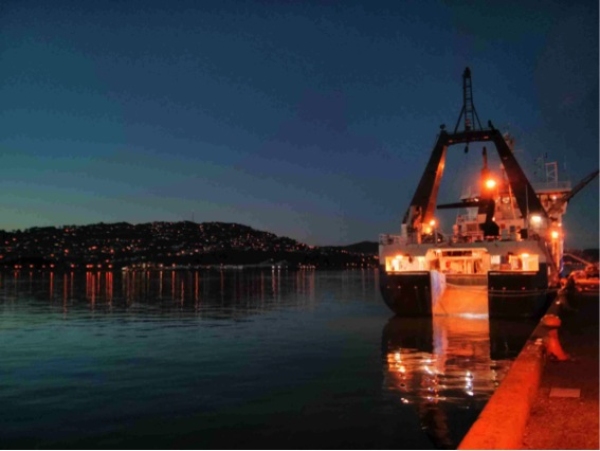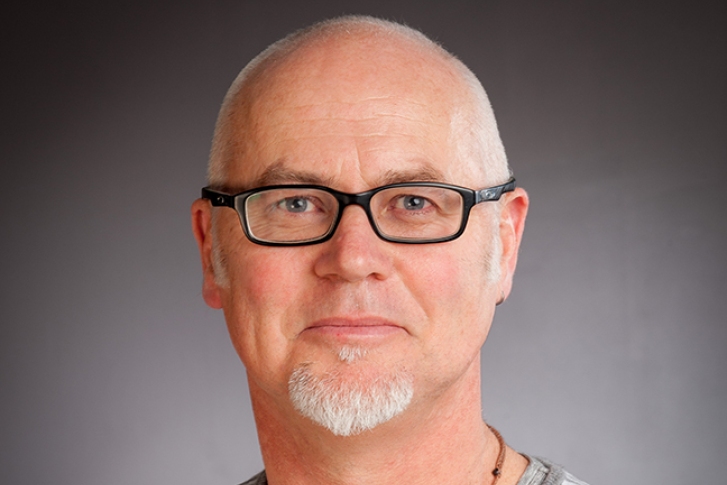A five-week voyage to the Louisville Seamount Chain in the South Pacific will give scientists a better understanding about marine ecosystems vulnerable to commercial fishing in the region.
NIWA's flagship research vessel Tangaroa leaves Wellington on Friday, 31 January with New Zealand and American scientists on board bound for an area about 1000km northeast of New Zealand. The voyage is part of a collaborative agreement between the US and New Zealand governments to enhance scientific understanding in the Pacific region.
The Louisville Seamount Chain, a series of underwater mountains and volcanoes, is one of the longest in the world stretching about 4300km from the Pacific-Antarctic Ridge north-west to the Tonga-Kermadec Trench.
NIWA marine ecologist Ashley Rowden says there is concern that fragile ecosystems, which could exist on the Louisville Seamount Chain, are being adversely affected by commercial fishing as the area supports extensive trawl fisheries for orange roughy.
Dr Rowden says New Zealand is leading initiatives to improve fisheries management in the South Pacific but there is limited information about the distribution and characteristics of the vulnerable marine ecosystems of the seamount chain.
"This voyage will make a substantial contribution to furthering understanding that will help to preserve these ecosystems."
Scientists at NIWA and the Marine Conservation Institute in the US have developed "habitat suitability models" to predict the whereabouts of various sea animals that indicate the presence of a vulnerable marine ecosystem.
However, Dr Rowden said that while the models are useful for designing effective fishing management plans, it was important they were checked and verified to ensure their robustness.
"The fishing industry needs to know these models are accurate and this survey represents one of the first examples of validating habitat suitability models that are to be used for fisheries management."
Tangaroa will survey three areas along the Louisville Seamount Chain. An underwater camera is to be towed behind the ship to provide evidence of vulnerable species. Some specimens will be gathered also.
The camera system, known as DTIS or Deep Towed Imaging System was designed and built by NIWA staff and is attached to the Tangaroa by a conducting wire that enables researchers to see a live video feed, control the camera and lights and see information on depth and distance from the seabed.
"We are using the camera because we want to be as non-destructive as possible but the specimens we do collect will help improve our understanding of the evolution of marine species in the Pacific, as well as the genetic connections between populations," Dr Rowden says.
The voyage has been years in the planning and is exciting to biologists who rarely have an opportunity to visit the Louisville Seamounts.
Two volunteers will also be on board to observe marine mammals and seabirds throughout the voyage. Attempts will also be made to keep coral samples alive for ocean acidification studies at NIWA's Wellington site.
The voyage and the project is being funded by the Ministry of Business, Innovation and Employment, the Ministry for Primary Industries and NIWA and also includes a representative from the Commonwealth Scientific and Industrial Research Organisations in Australia.
The Tangaroa returns to New Zealand in early March.


